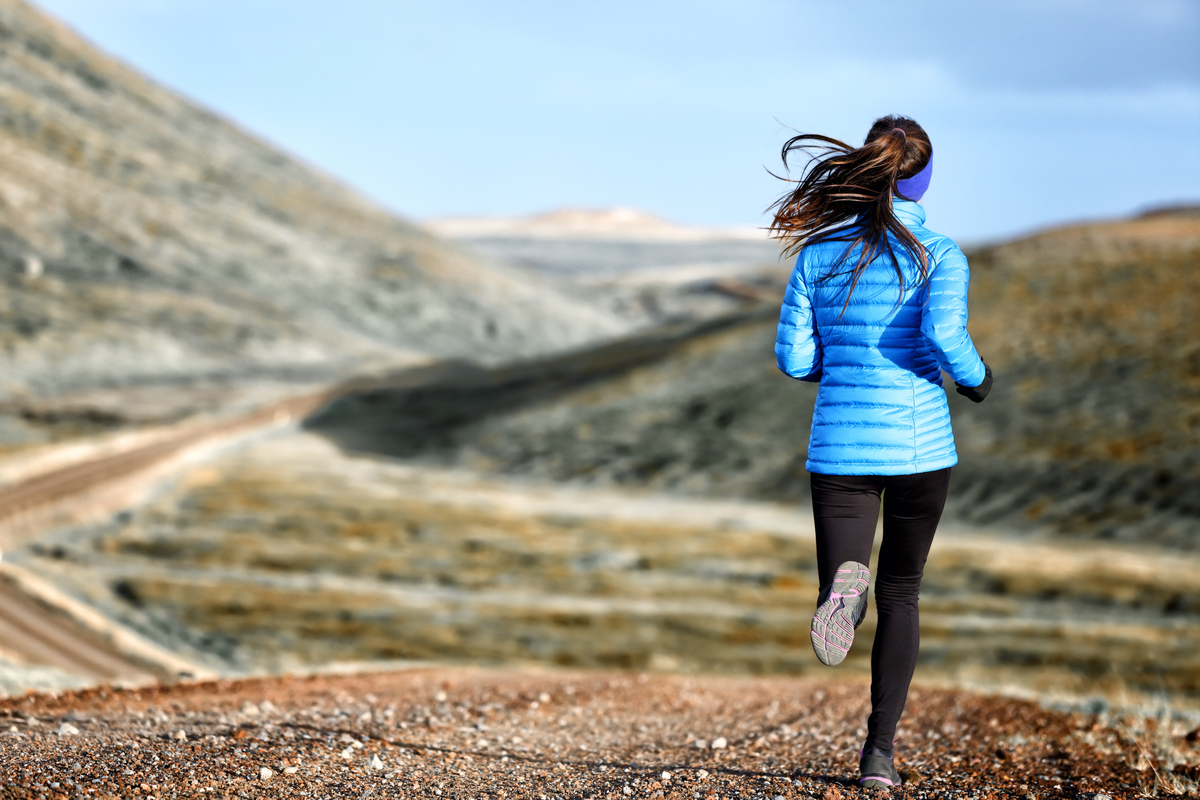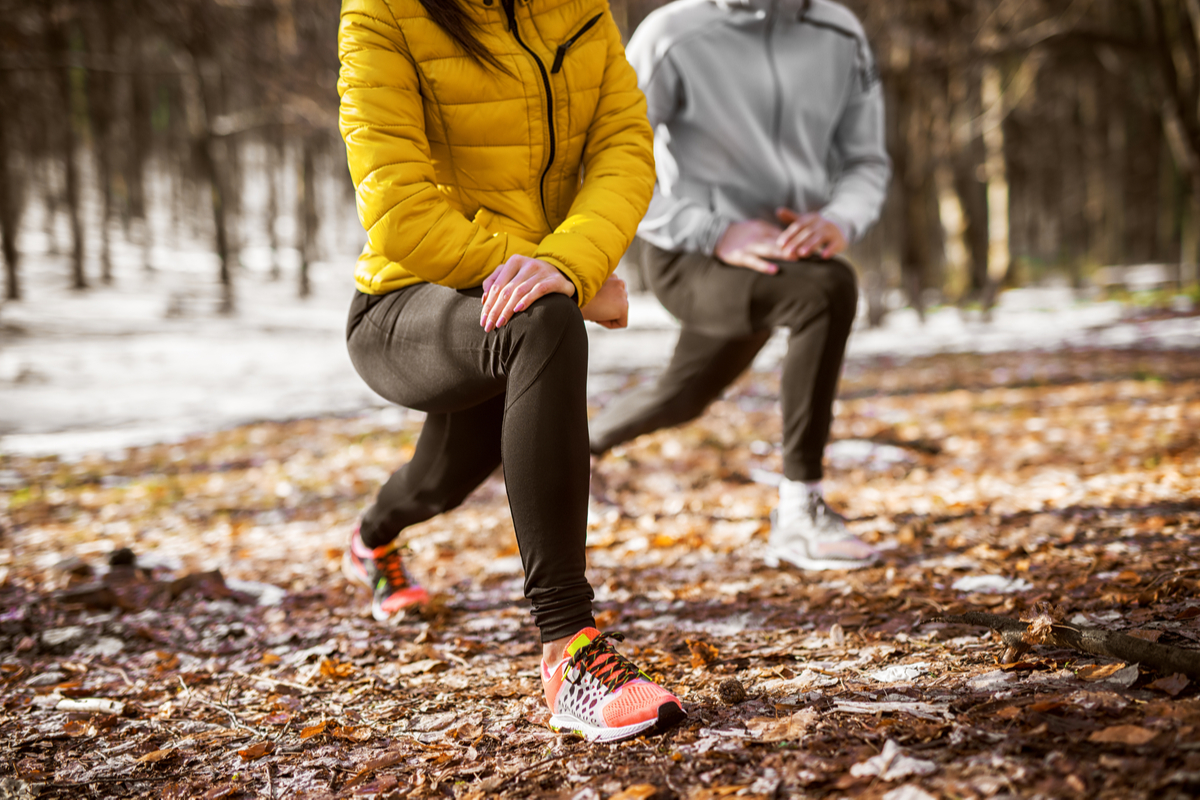If you’re one of those brave souls who ventures out in the cold weather for a long run or adventurous hike, you’ve probably spent quite a bit of time perusing the aisles of a sporting goods store for warm yet breathable and absorbent workout wear. And once you’ve found a pair you think might work, it proves even more frustrating when all this research you’ve done comes out as ineffective. There’s nothing worse than being way too warm or way too cold during a workout to even enjoy the happy endorphins your body is trying to give off.
Before you spend another minute reading reviews online for the top-selling gear or posting in every running forum you can find on social media about the best winter leg wear, consider which type of material may be best for your body. While fleece is soft, is it breathable enough? And if thermal can keep you cool, can it also keep you dry? Fret no more. There is a legging out there for you and your crazy, wonderful, endorphin-loving outdoor needs.
Fleece leggings
This warm, fuzzy material is strong, holds in heat and dries quickly. Before it took the world by storm in the form of a colorful tie-blanket donned by every girl at every middle school sleepover, it was used by outdoor enthusiasts and even astronauts as an alternative to itchy wool. Exercise clothing companies are taking the fabric back to its roots now as a trendy legging to keep year-round runners and hikers comfortably warm.
The structure of fleece contains air pockets much like the insulation in a home and is made of a wool and synthetic fiber blend. These air pockets assist in trapping in heat, which keeps you warmer than traditional wool and other fabrics.
Keep in mind that not all fleece is water-resistant, since this component typically leads to less breathability. Remember when your friend accidentally spilled soda on your cozy blanket but it didn’t seep in right away? Well, that’s because fleece has an impermeable layer. So while the fleece leggings will provide some protection against snowfall or a light rain, they might not be able to keep you completely dry in freezing rain. (But who wants to be out in that weather anyway?)
Thermal leggings
Are you prone to becoming a sopping sweaty beast no matter how cold the temp is, or are you one of those people who heads out for a jog whether it’s rain or shine? You might want to listen up then. Thermal leggings can help keep you cooler when your body temperature rises during a workout, because the cloth wicks away moisture from your skin and allows you to cool down as the moisture evaporates. This feature also aids in less rubbing and uncomfortable chafing that could come from wearing a fleece or cotton material too long after it’s become wet.
Thermal wear is made from a blend of natural and synthetic fibers including wool, cotton and nylon. This blend is the perfect recipe for staying warm when you’re working outside yet dry when you let off a little sweat. In addition, thermal leggings often double as compression leggings that work to wrap specific muscle areas, provide support, and reduce fatigue and injury. Workout clothes that act as a massage therapist? Yes, please!
Fleece leggings vs. thermal leggings
While fleece leggings will keep you warm, they aren’t the best at wicking away moisture, so it may be best to save these for lounging around the house on a snowy winter day rather than wearing to your sweatiest of workout classes.
Thermal leggings, on the other hand, are made from a blend of natural and synthetic materials that aid in helping you stay both warm in cold temperatures and dry when you sweat. Plus, this material also acts as a compression legging to give any sore muscles some support and reduce overall fatigue. When in doubt, go for the thermal leggings. Your legs on a chilly winter day will thank you.





